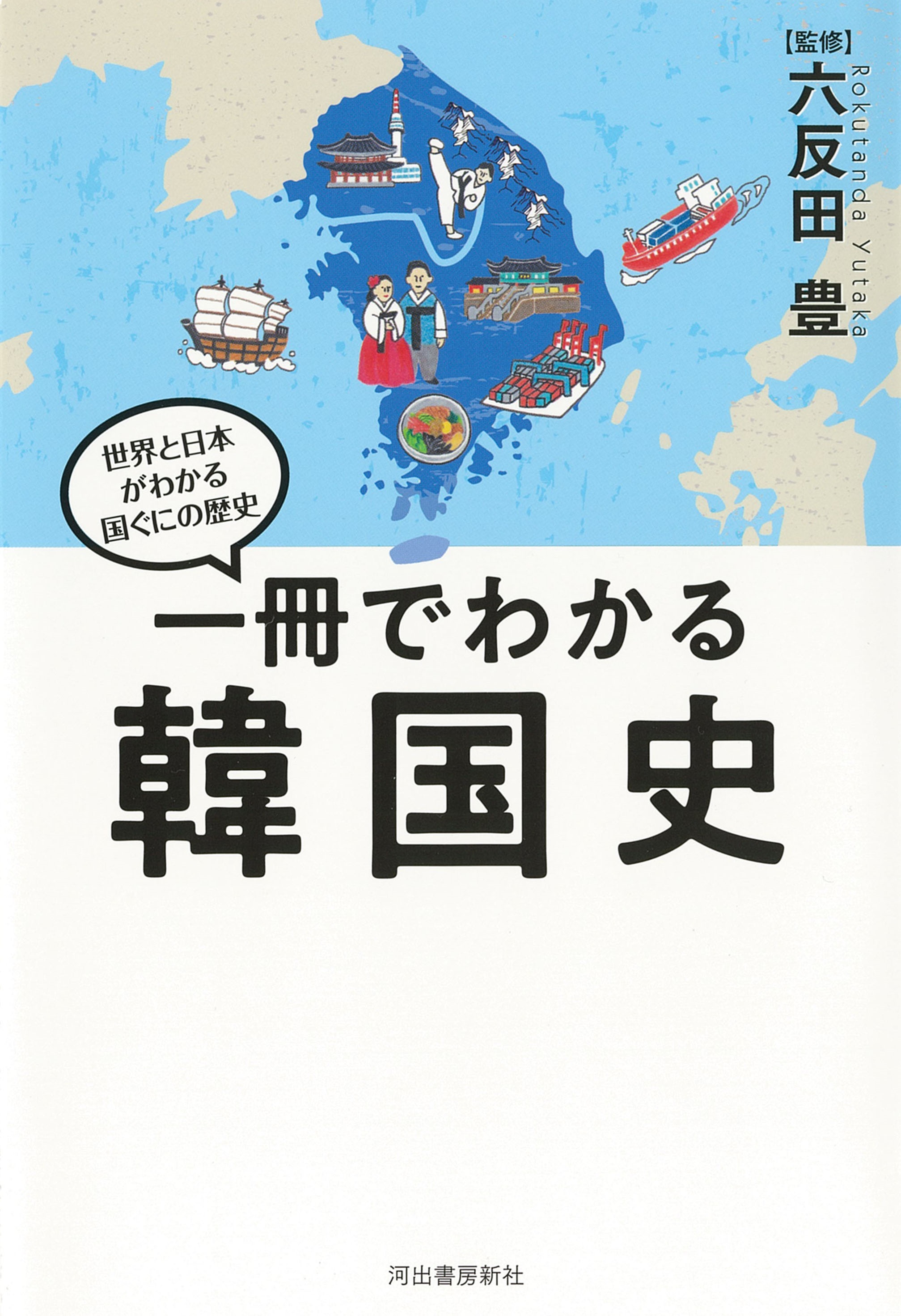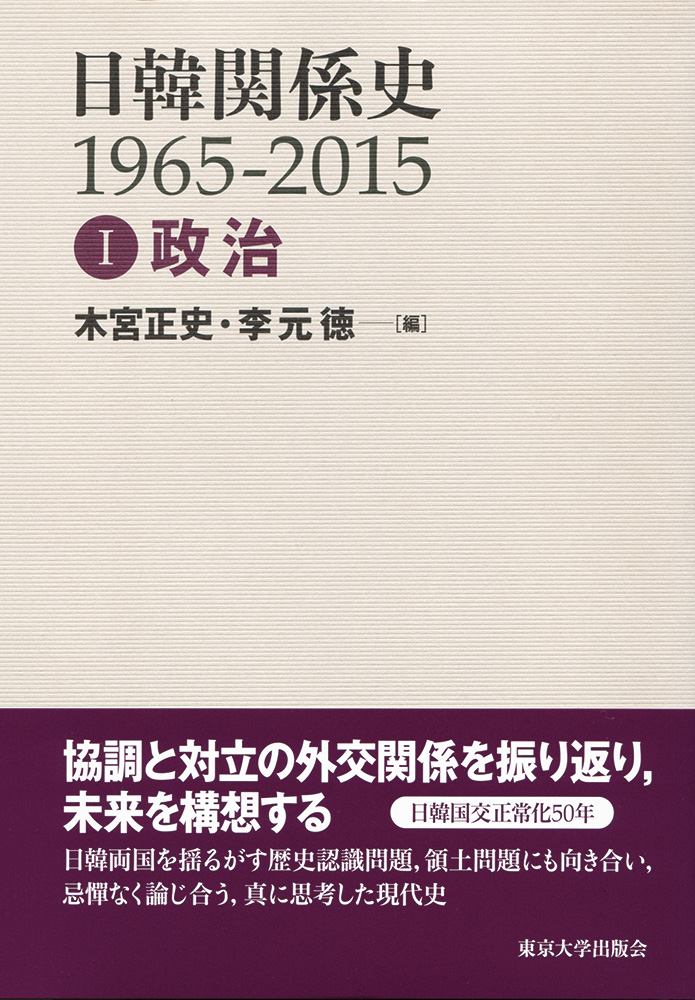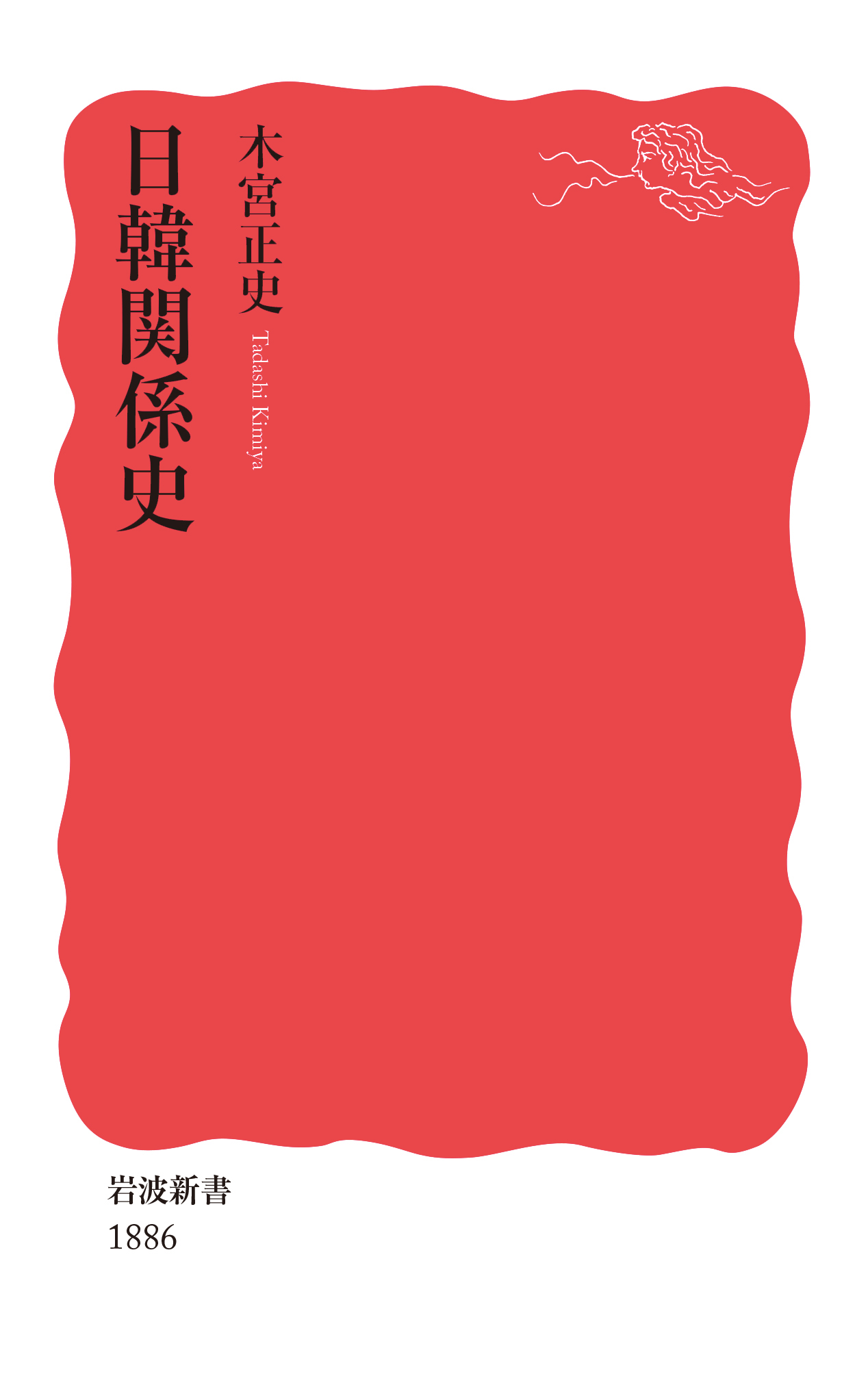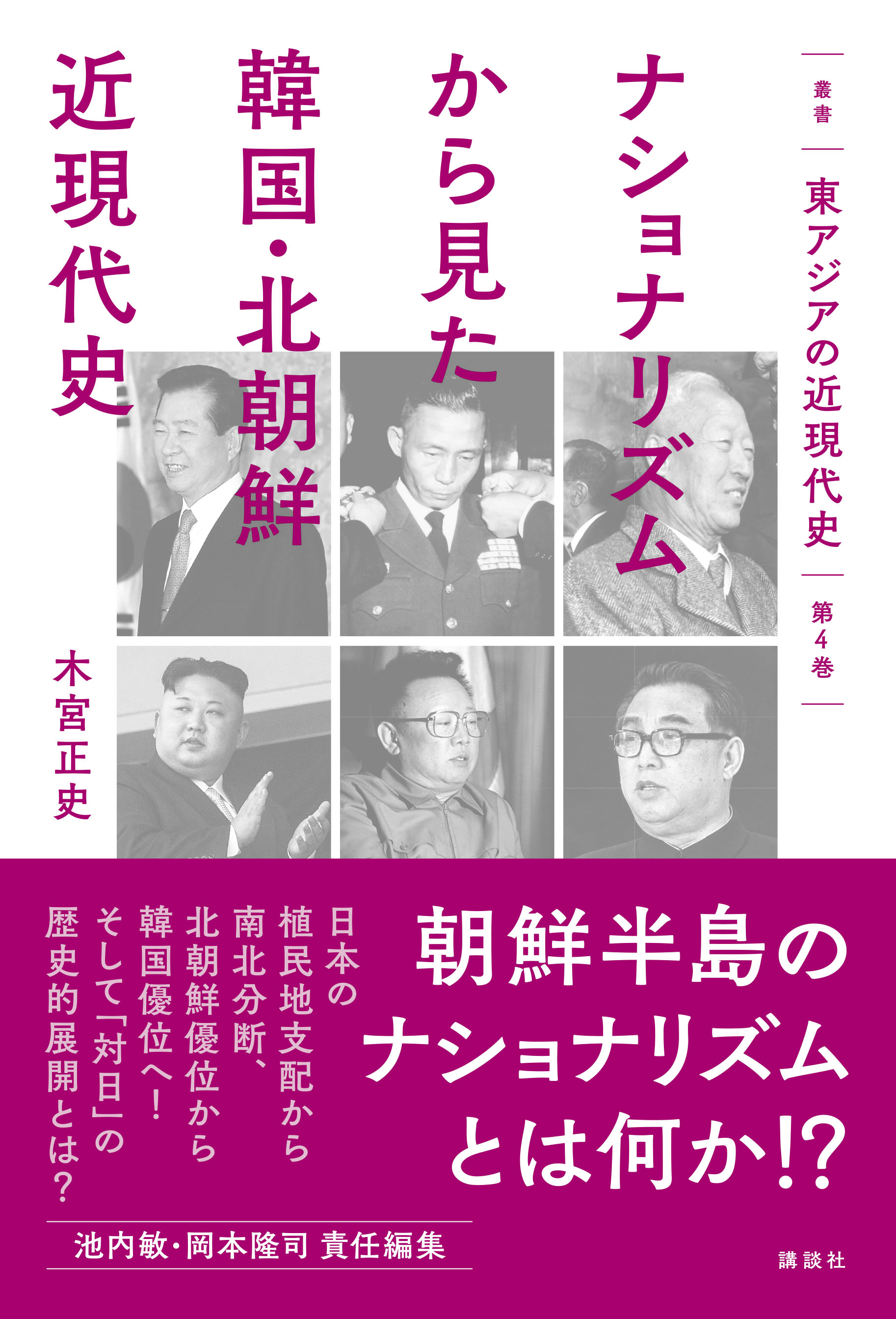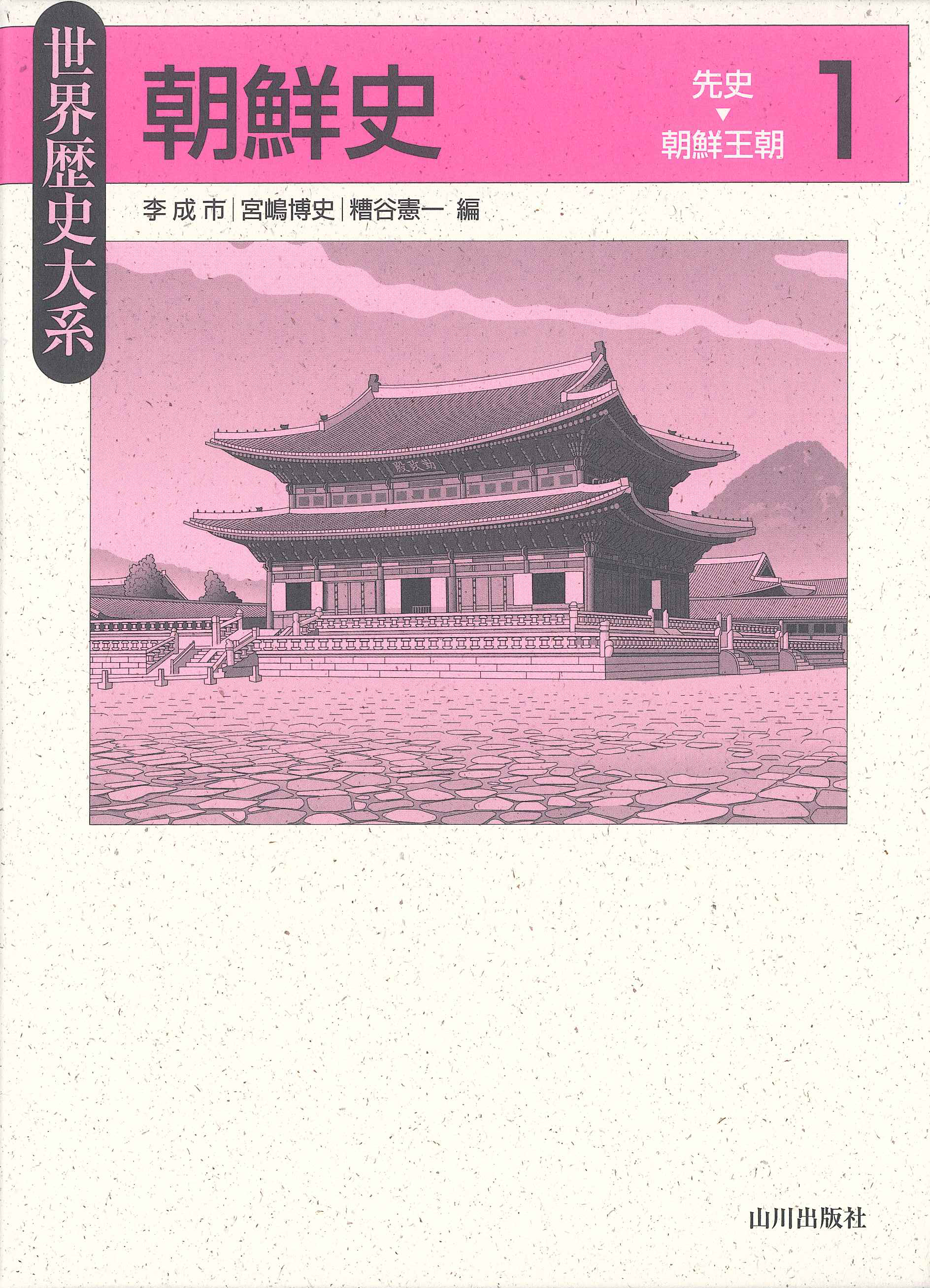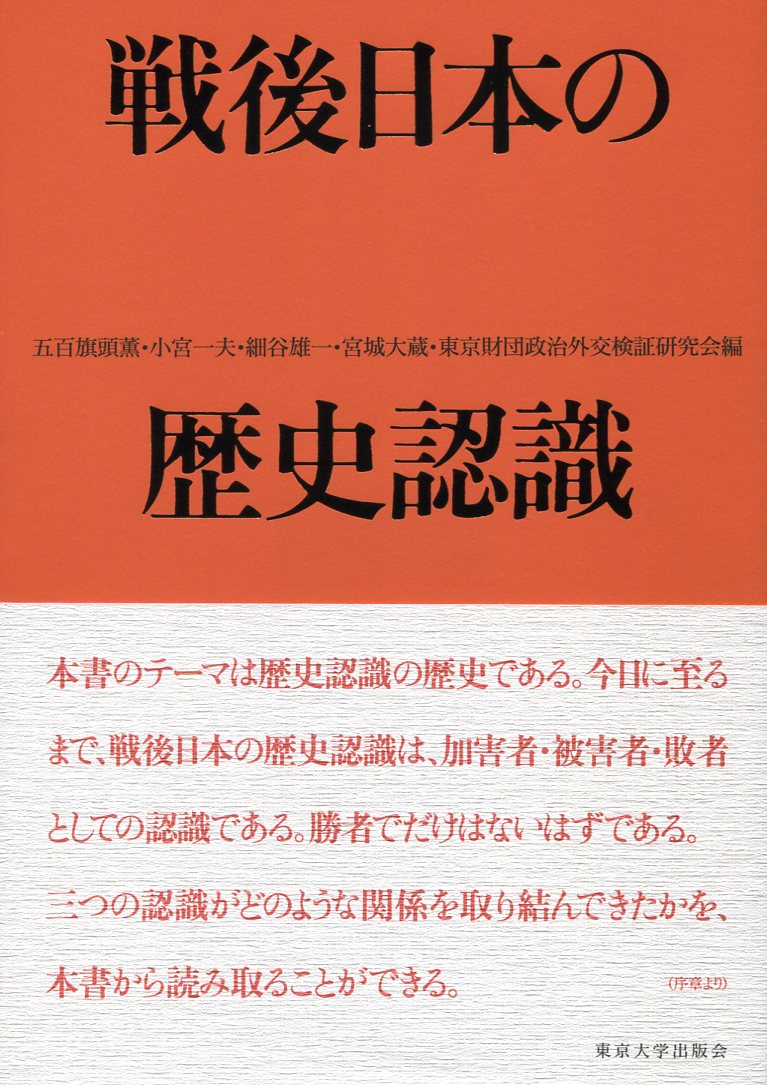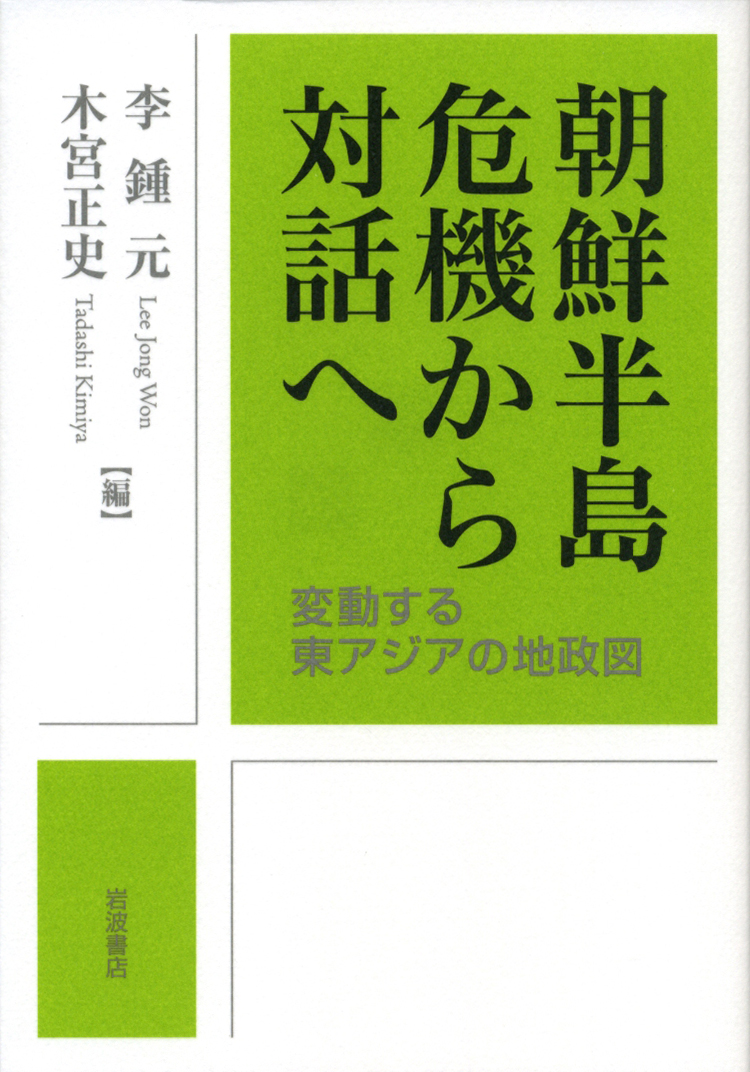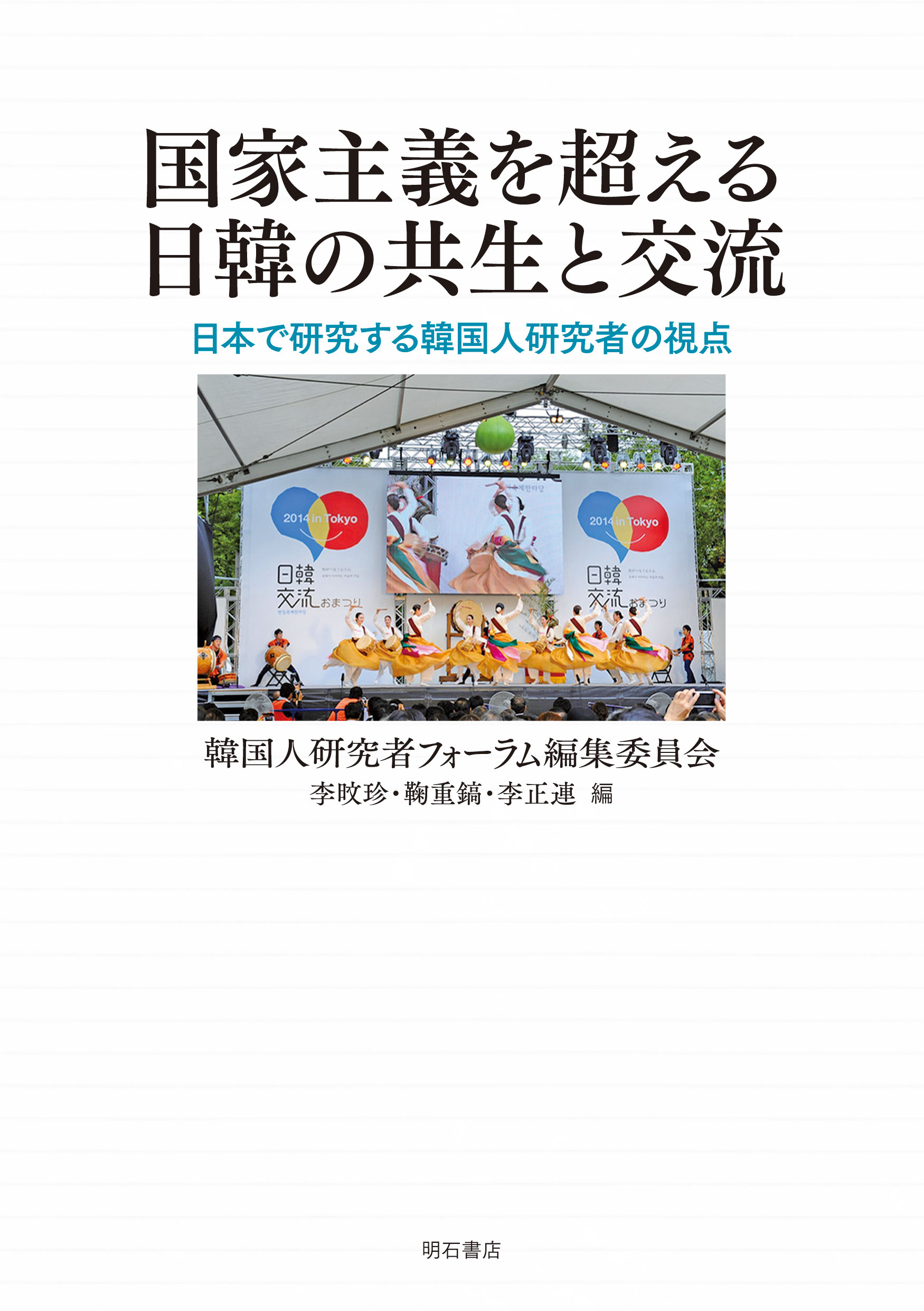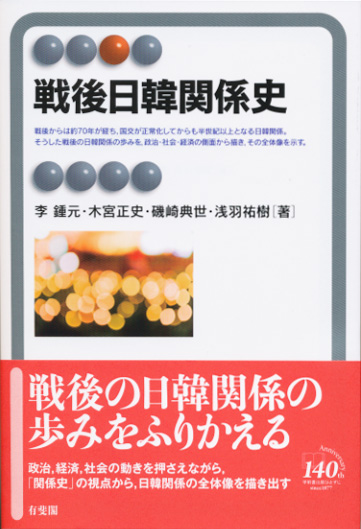
Title
Yuhikaku Arma Specialized Sengo Nikkan Kankei-shi (A Contemporary History of Japan-South Korea Relations since World War II)
Size
314 pages, 127x188mm, softcover
Language
Japanese
Released
February, 2017
ISBN
978-4-641-22077-5
Published by
Yuhikaku Publishing
Book Info
See Book Availability at Library
Japanese Page
Roughly seventy years have passed since South Korea was liberated from Japanese colonial rule and became a country in its own right. Furthermore, over fifty years have passed since the normalization of its diplomatic relations with Japan in 1965. From the Cold War period until the eighties, South Korea sustained its economic development and political democratization through close cooperation with other members of the anticommunist liberal bloc and dominated the competition between the North and South while contributing to the Japan’s security. However, the flow of civic exchanges between Japan and South Korea was limited. Subsequently, in the post-Cold-War 1990s, an active and energetic flow of civic exchanges emerged. Meanwhile, the relationship between Japan and South Korea equalized more, but as China took on a heightened presence, various unresolved historical issues between Japan and South Korea re-emerged. These issues contributed to serious discord between Japan and South Korea, which have now become economic competitors. Currently, while a shared sense of values facilitates exchanges between the countries, the discord between them is still growing. Moreover, from the 2000s onwards, both Japan and South Korea have directly faced security threat from North Korea’s development of nuclear missiles.
The four authors of this book are not specialists in the political and diplomatic history of Japan. Rather, they have mainly concentrated on the politics of the Korean peninsula. In this publication, they break their coverage into decades to examine i) the international context in which relations between Japan and South Korea played out, ii) governmental relations between Japan and South Korea, iii) economic relations between Japan and South Korea, and iv) civic relationships between Japan and South Korea. Keeping the mutual interplay among these four dimensions in mind, this book provides an analysis of the historical development of relations between Japan and South Korea in the postwar period.
The Introduction offers a bird’s-eye view of postwar relations between Japan and South Korea. Chapter 1 focuses on the 1950s and discusses the diplomatic negotiations between Japan and South Korea for the normalization of diplomatic relations, as mediated by the United States, during South Korea’s Syngman Rhee administration, and examines why these negotiations stalled. Chapter 2 focuses on the 1960s and analyzes the normalization of diplomatic relations in 1965 during the administration of Park Chung-hee, who had set South Korea on a path toward development based on economic cooperation with Japan. Chapter 3 covers the 1970s and clarifies how the transformation of China’s international relations impacted relations between Japan and South Korea, which were now moving simultaneously toward cooperation and discord. It also examines the previously suppressed civic relationships between the two countries. Chapter 4 takes us into the 1980s, when the relations between Japan and South Korea as mediated by the U.S. re-emerged in the context of a “new Cold War.” This chapter also strongly emphasizes that the South Korean democratization movement was the arena in which civic exchanges between Japan and South Korea were cultivated in earnest. Chapter 5 examines the period of the 1990s, analyzes the impact of the end of the Cold War on the relations between Japan and South Korea, and discusses two trends emerging from it: the emergence of historical and other issues and the two countries’ growing capabilities to address them. Moving into the first decade of the new millennium, Chapter 6 sheds light on the links between the various issues confronting the relations between Japan and South Korea. Chapter 7 takes us from the dawn of the 2010s to the present, setting the current relations between Japan and South Korea in their historical context. Responding to the problems raised and approaches adopted in the Introduction, the final chapter discusses how international political theory relates to the relations between Japan and South Korea.
In summary, this book offers a historical analysis of the relations between Japan and South Korea that sheds light on their present relationship and all its points of discord. It also asks how this discord can be overcome and suggests the conditions under which it can be overcome. This work is well suited as a textbook for university lectures.
(Written by KIMIYA Tadashi, Professor, Graduate School of Arts and Sciences / 2018)



 Find a book
Find a book


 eBook
eBook